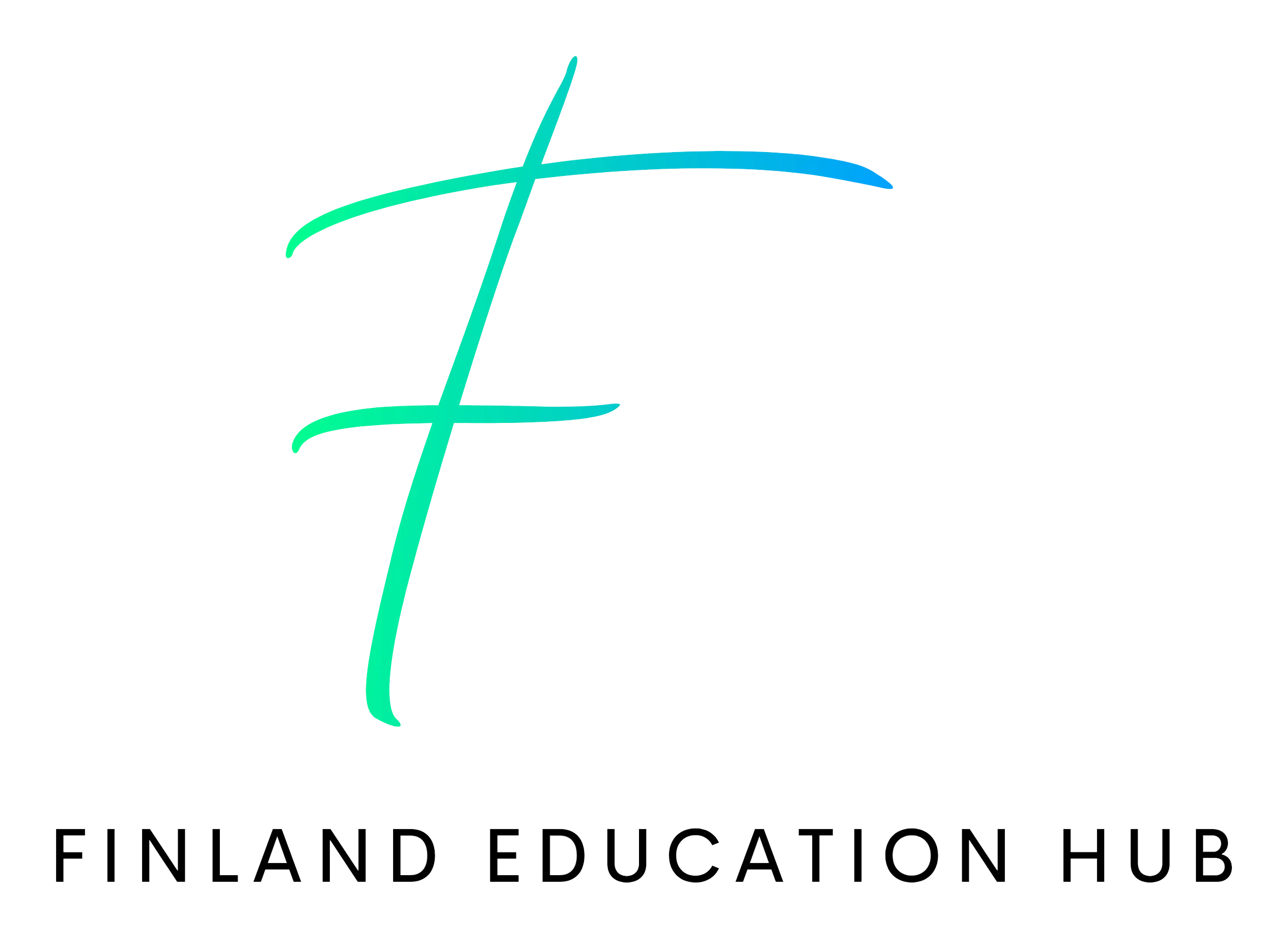Multilingualism in Education: How Finland Nurtures Language Skills
Finland is renowned for its world-class education system that consistently ranks among the top-performing in international assessments. One crucial aspect that sets Finland apart is its commitment to fostering multilingualism in education. Unlike many countries, where English may dominate as the primary foreign language, Finnish early education curriculum encourages its students to learn multiple languages. This holistic approach to language learning has proven to be highly effective in cultivating language skills, promoting cultural understanding, and enhancing cognitive abilities. In this blog, we will explore the key strategies employed by Finland to nurture language skills and understand the benefits of embracing multilingualism in education.
A Bilingual Society: Laying the Foundation
Finnish children begin their language journey with a strong foundation in their native language, Finnish or Swedish, depending on the region. Both languages hold official status in the country, and bilingualism isa deeply ingrained in the Finnish culture. Early exposure to a second language helps children develop a linguistic sense and an understanding of the structure and complexity of languages.
Early Language Exposure: The Role of Pre-Primary Education
Finnish education places a strong emphasis on early education. Children as young as one year old have access to high-quality preschool programs where they are expose to both their native language and other languages. In these settings, educators use play-based and immersive techniques to introduce children to new languages, making language learning a fun and engaging experience.
Comprehensive Language Curriculum: Integration of Foreign Languages
In Finnish schools, foreign languages are integrated into the curriculum from an early age. English is typically introduced as the first foreign language during the first years of primary school. However, students are also encouraged to learn other languages, such as German, French, Russian, and Spanish, depending on the school’s offerings. This multilingual approach exposes students to diverse linguistic structures and enriches their cultural awareness.
Holistic Language Teaching Methods
Finland adopts a holistic approach to language teaching that emphasizes communication, practical use, and immersion. Language instruction focuses on real-life situations, enabling students to apply their language skills in authentic contexts. Rather than emphasizing rote memorization and grammar rules, the focus is on fostering conversational skills, active listening, and comprehension.
Teacher Training and Professional Development
The success of Finland’s language education can be attributed in part to the extensive training and professional development opportunities available to educators. Teachers undergo rigorous training, which includes pedagogical methods for teaching languages effectively. They are encouraged to incorporate innovative teaching techniques, interactive activities, and multimedia resources to keep students engaged and motivated.
Inclusive Education: Supporting Students with Diverse Linguistic Backgrounds
Finland’s education system is known for its inclusivity. Children from various linguistic backgrounds are welcomed and supported in the language learning process. Special support is provided to immigrant children and those who speak a language other than Finnish or Swedish at home. This ensures that all students have equal opportunities to develop their language skills and succeed academically.
Promoting Multilingualism Beyond School Walls
Beyond the classroom, Finland encourages language learning through various extracurricular activities and community engagement. Language camps, cultural exchange programs, and language-focused events are organized to provide students with additional opportunities to practice and immerse themselves in different languages and cultures.
Read More Assessment and Grading in Finnish Schools: A Different Perspective
Benefits of Multilingualism in Finnish Education
Cognitive Benefits: Studies have shown that multilingual individuals tend to have enhanced cognitive abilities, such as improved problem-solving skills, better attention control, and greater creativity.
Increased Cultural Awareness: Learning multiple languages fosters empathy and cultural understanding, as students gain insights into the customs, traditions, and perspectives of other cultures.
Better Job Prospects: In an increasingly globalize world, multilingual individuals are highly sought after by employers, as they can bridge linguistic and cultural gaps in international business settings.
Improved Language Proficiency: Learning multiple languages can also improve a student’s proficiency in their native language, as they become more aware of linguistic structures and nuances.
Conclusion
Finland’s commitment to nurturing language skills through multilingualism in education has undoubtedly contributed to its educational success. By integrating language learning from an early age, adopting innovative teaching methods, and promoting cultural understanding, Finland has created an environment that empowers students to embrace diversity and thrive in a globalized world. Other countries can draw valuable lessons from Finland’s approach to language education and strive to create inclusive, multilingual learning environments that empower students to become proficient communicators and culturally aware individuals.
So if you are seeking a good education system that prioritizes nurturing language skills through multilingualism and emphasizes an inclusive, diverse, and innovative approach to education, look no further than Finland Education Hub. Contact us to know more!

